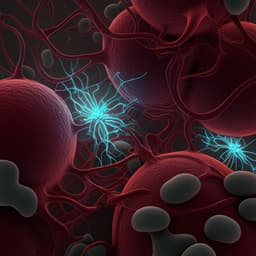
Medicine and Health
Sniffing oxytocin: Nose to brain or nose to blood?
S. Yao, Y. Chen, et al.
This intriguing study by Shuxia Yao and colleagues unveils how intranasally administered oxytocin influences brain activity and behavior, revealing the importance of peripheral routes in its effects. With significant findings on neural dynamics, it invites a deeper understanding of oxytocin's role in our physiology.
~3 min • Beginner • English
Related Publications
Explore these studies to deepen your understanding of the subject.







